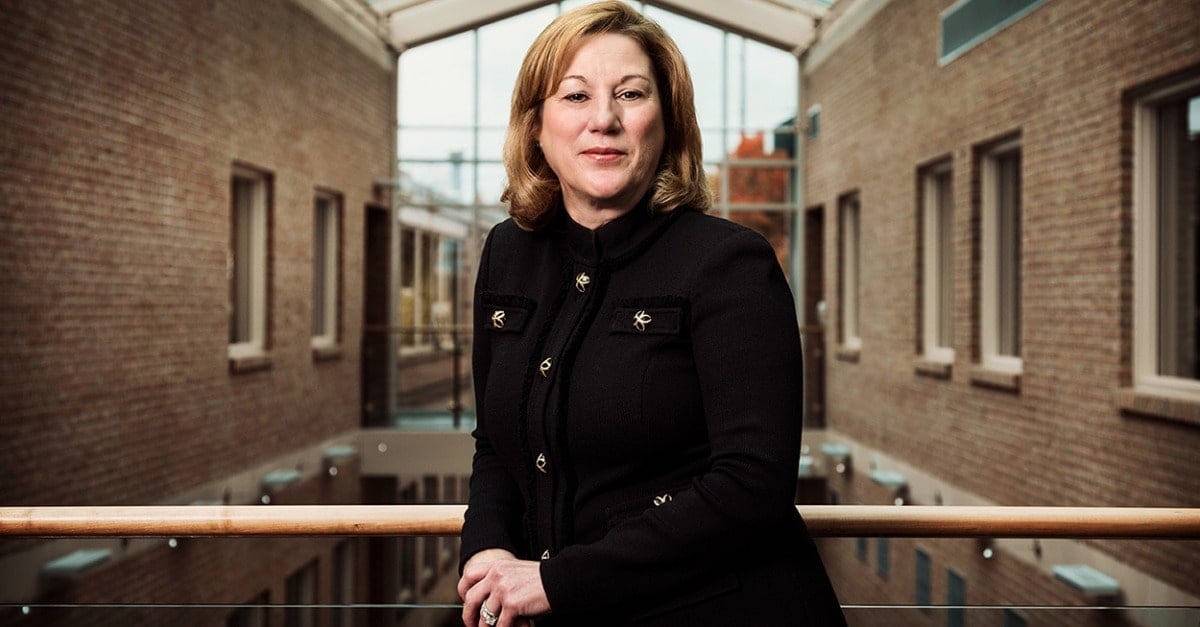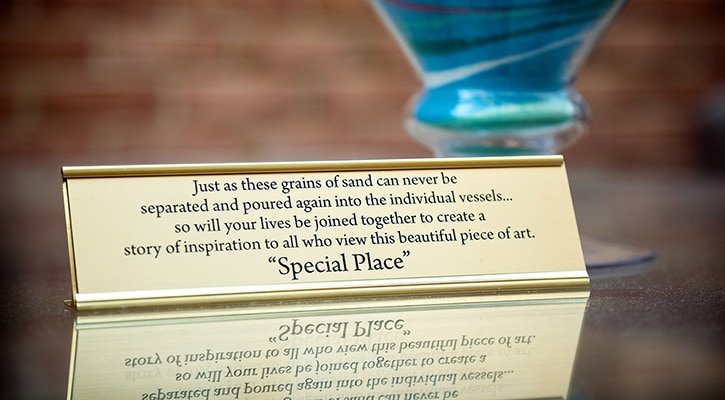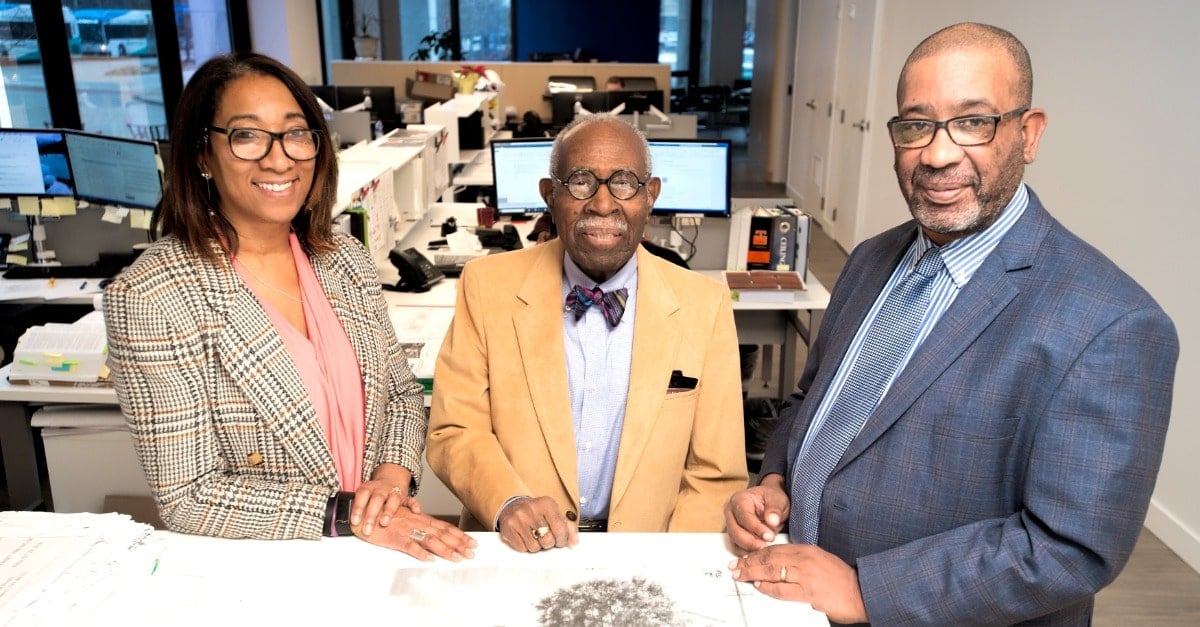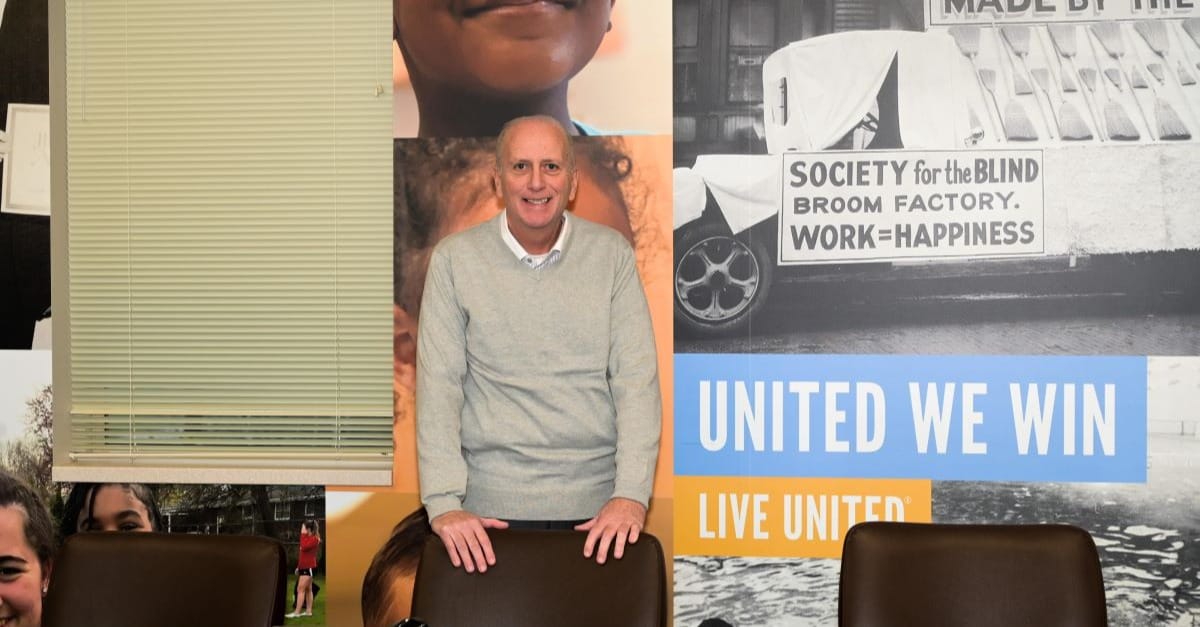By Karen Fuller
The Center for Organ Recovery & Education (CORE) saves and enhances lives by facilitating organ, tissue and cornea donations.
“There are many different types of tissue and eight organs that can be donated to a person in need,” says Susan Stuart, president and CEO of CORE, which serves the western half of Pennsylvania and most of West Virginia. “People can donate tissue, organs, corneas, heart valves, bone, skin, tendons and veins. But even one organ is a great gift—the gift of life.”
Just one organ donor can save as many as eight lives, and one tissue donor can improve the lives of as many as 75 people. But despite the number of people who choose to donate, another person is added to the list of those who need organs every 10 minutes. While on the waiting list, an average of 20 people die every day.
“It’s a life-saving mission; people will die without us,” Stuart says. “But it’s wonderful because we are ambassadors for donors to give the gift of life, and also for families that are waiting.”
As part of its mission, CORE representatives speak with families who have just lost loved ones to help them see that organ donation can bring peace of mind.
“It’s a second chance for life for so many people, and our team members educate with compassion and integrity about the positive cycle of life,” she says. “We have very strict mandates about who can talk to grieving families, and each of our team members is trained in sensitivity. It is an incredibly important mission.”

(Photo by Chandler Crowell)
Overcoming misconceptions
Organ donation is easy, free and saves lives, but a significant number of potential donors fail to register. So, why do so many miss out on the opportunity to do such good?
“There are a lot of misconceptions,” Stuart says.
The primary fear is that hospital staff will not try to save the life of a known donor. But the donor team is completely separate from the medical team. When a hospital has an actual or imminent death, it notifies CORE and screens to see if there is the potential for donation. Then staff checks DMV records to see if the individual is registered.
“It all takes place very separately and well after treatment is no longer possible,” Stuart says.
CORE uses education to overcome the challenge of getting people to register. The organization has more than 130 full-time employees who include clinical staff, and professional and community educators. Professional educators go to hospitals to teach medical staff how to educate patients, while community educators conduct outreach at local venues including high schools, colleges, multicultural events and workplace partnerships, and offer volunteer training.
Volunteers are generally from donor families or are recipients who have become advocates.
“It’s a continuous process of building awareness, dispelling misconceptions and motivating people to make the important move of registering,” says Stuart.
And Huntington’s work with CORE has been a true asset in efforts to raise awareness.
“I had the great privilege to meet Susie Shipley [Huntington’s western Pennsylvania and Ohio Valley region president] at a women’s forum a few years ago,” Stuart says. “She took a sincere interest in CORE, and we got together. They’ve been sharing our vision ever since.”
Stuart says Huntington is a good fit because its people understand the nonprofit world and care deeply about the community.
“They help us spread the word with extensive communication efforts, and we are working together to develop opportunities for collaboration to fulfill our mission,” Stuart says.
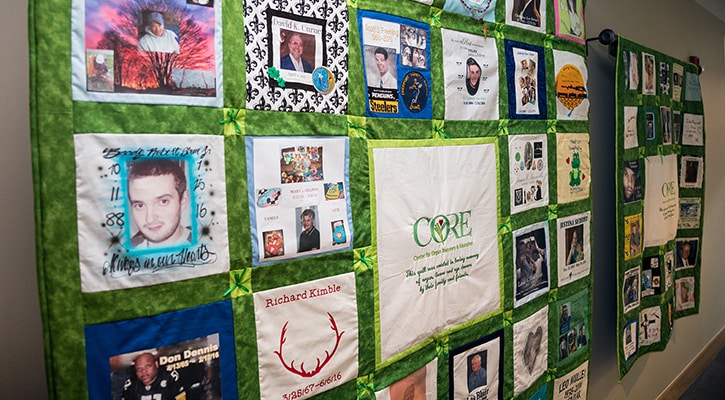
(Photo by Chandler Crowell)

